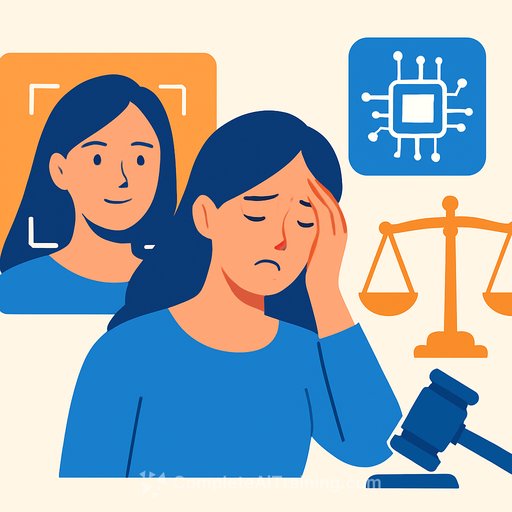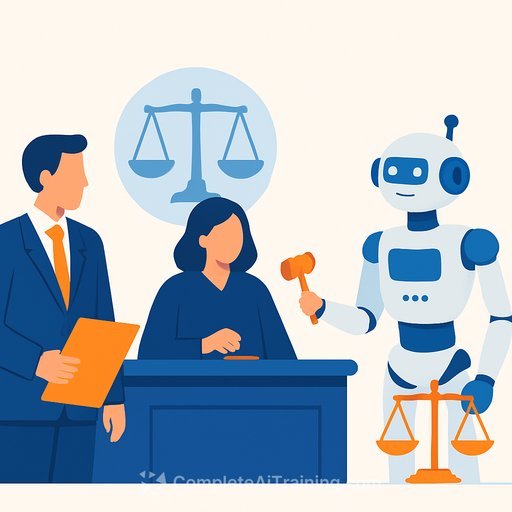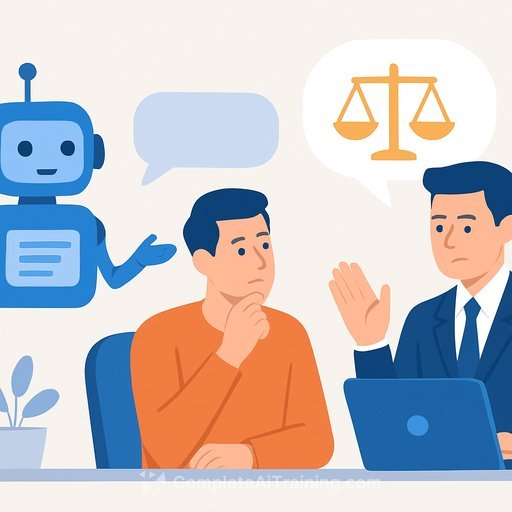Make the Take It Down Act Work: What Lawyers Need to Do Now
The Take It Down Act criminalizes the nonconsensual sharing of intimate imagery, including AI-generated deepfakes, and compels platforms to remove illicit content within 48 hours after notice. That timeline is necessary. Abusers use scale and speed to maximize harm.
Here's the problem: fast removal depends on fast detection. That requires AI tools that scan across platforms, match likenesses, and spot manipulated content in minutes. A growing patchwork of state AI laws is making those tools slower, costlier and, in some jurisdictions, weaker-undercutting the very victims this law is meant to protect.
Why a state-by-state maze undermines enforcement
Nearly a thousand state bills on AI introduce conflicting definitions, duplicative audits, and uneven reporting thresholds. Some proposals constrain core detection methods or impose broad duties that are impractical for small vendors. The result is delay, higher false negatives, and fewer providers willing to operate nationwide.
Criminals do not respect state lines. Evidence and harmful content propagate instantly. Fragmented rules slow defenders, not offenders.
Federal preemption is a victim-protection issue
A uniform federal framework is not a convenience request from industry-it is an enforcement need. If the law requires removal within 48 hours, the legal system must protect the tools that make that timeline possible. Preemption should clear conflicts that weaken detection and cross-platform response.
What general counsel and policy teams can do now
- Advocate for a narrow, express federal preemption covering AI used for abuse detection, incident response and evidence handling.
- Push for uniform definitions of "intimate imagery," "deepfake," "nonconsensual sharing," and "notice," aligned to the Act.
- Support safe harbors for "defensive AI" that identify, trace and remove illicit content, including proactive crawling and similarity search.
- Back risk-based, not tool-based, regulation: govern outcomes (abuse, fraud, discrimination), not the mere use of AI to detect them.
- Secure cross-platform cooperation: interoperable hashing, takedown templates, and shared trust frameworks.
Platform and vendor playbook for 48-hour removal
- Stand up a 24/7 triage channel with verified victim intake, minimal friction, and multilingual support.
- Commit to a documented 48-hour SLA from notice to action; track cycle times and reasons for delay.
- Use perceptual hashing and similarity matching for image/video variants; share hashes with peers where lawful.
- Preserve evidence before removal: capture URLs, hashes, upload metadata, IPs (where lawful), and time-stamps with chain of custody.
- Automate cross-posting removals: when one instance is confirmed, scan and remove duplicates across properties.
- Offer an appeal path with human review to mitigate false positives and protect lawful speech.
Prosecutors and investigators: tighten the case
- Charge stacking: pair image-abuse offenses with stalking, extortion, harassment, and identity theft where supported.
- Intent evidence: show knowledge of nonconsent via messages, takedown evasion, or targeted distribution.
- Trace creation: forensic markers, file lineage, and content provenance standards can tie actors to generation tools.
- Speed matters: seek expedited orders for preservation and PII disclosures tied to the 48-hour removal window.
Courts: enable fast, predictable remedies
- Standardize emergency injunctive relief templates for verified victims.
- Encourage stipulations on hashing and removal across platforms once a court determines content is illicit.
- Prioritize motions involving minors or ongoing distribution with per-day statutory damages where authorized.
Build the federal framework on these principles
- Express preemption of conflicting state AI rules for detection, takedown, and evidence handling tied to image-based abuse.
- Clear safe harbors for good-faith detectors and platforms meeting notice, removal, transparency, and appeal standards.
- Uniform reporting: concise incident metrics, false positive rates, and response times rather than prescriptive model audits.
- Privacy by design: purpose limitation to abuse detection, data minimization, short retention for non-criminal matters, and secure handling.
- Interoperability: adopt open content authenticity and provenance standards to assist courts and investigators.
Section 230, liability, and evidence
Federal criminal law is already outside Section 230's shield. A federal framework should clarify that good-faith detection and fast removal do not create additional liability. It should also establish standardized evidence preservation duties that do not force platforms to host harmful content longer than necessary.
Risk controls for AI detection providers
- Maintain model documentation, validation data summaries, and error bounds relevant to abuse detection tasks.
- Operate incident logging and red-team testing focused on targeted evasion tactics by abusers.
- Contractual clarity: data processing addenda covering biometric likeness, consent handling, retention, and lawful basis.
- Independent review: periodic third-party evaluation for bias and error rates, published in concise summaries.
What's at stake
The Take It Down Act's 48-hour promise is only as strong as the detection and removal pipeline behind it. A fragmented legal landscape slows that pipeline to a crawl.
Give defenders one clear rulebook. Preserve speed. Protect victims.
References
Your membership also unlocks:






